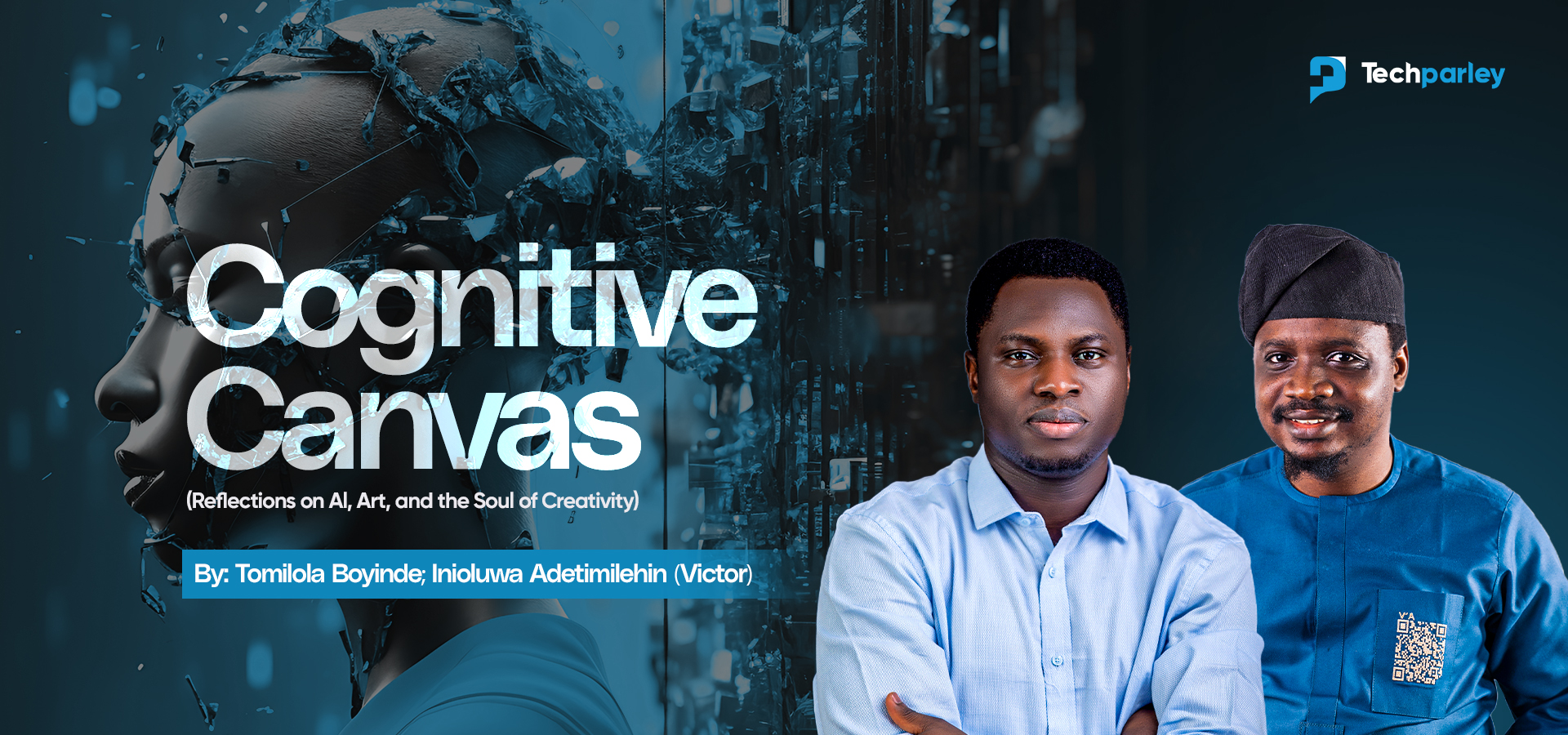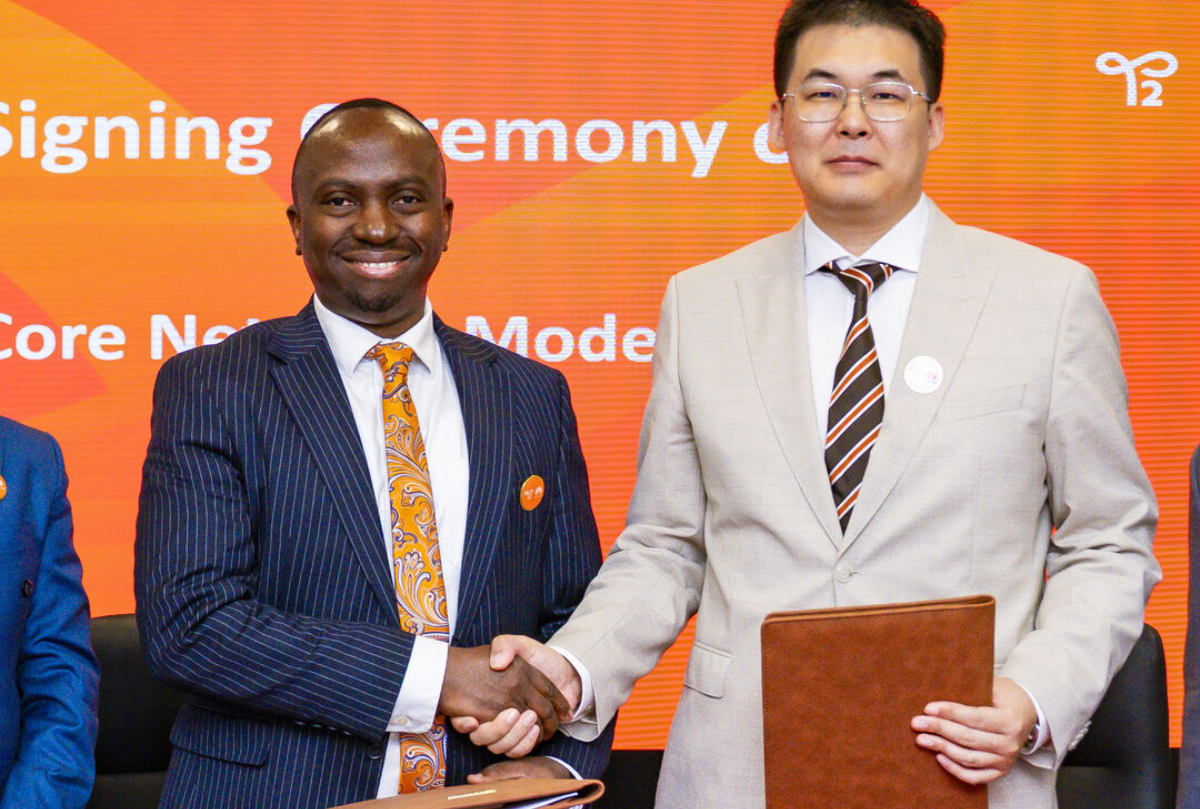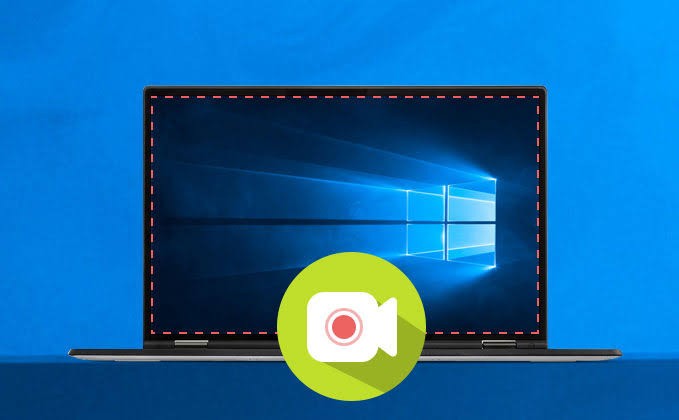There’s a difference between a thing that sounds like you, and a thing that feels like you. And if you’ve ever used generative AI—whether to write, design, or compose—you’ve probably felt that difference.
Sometimes, the structure is perfect. The phrasing is clean. The pacing is apt. But still… it’s kind of off. This reality is not a failure of the machine; Rather, it is the model succeeding, maybe all too well. Because Gen AI gave you the illusion of meaning without the weight of the experience that gave it gravitas. The right words, without the lustre of the resonance that makes it amplified in our hearts. It is like those who speak about war but have never seen one. How dare they speak of things they cannot comprehend? Even when humans do this, we call them men of empty words, full of hot air – How much more a language model.
That’s how we find an imposter. Not by their skill. But by their inability to feel what we feel while saying what we say. It is how movement weeds out deserters; it is the true test of a mole, oftentimes it is burned that darkens the soul of spies.
Creativity is somewhat similar; it is something we lay claim to by virtue of our humanity, our consciousness, the burden of its experience and our reaction to it. Make no mistake, the kind of creativity that stems from soulful human experience cannot be replicated by prompts. no matter how sophisticated the prompt is, or how impressive its outcome.
The Limit of Patterns
AI can do remarkable things. It can study millions of artistic inputs. It can mimic styles, replicate tone, and even reflect your own past work at you. But imitation is not comprehension. I’m sure there is a book with the title “Imitation is Limitation”, some wise words about being an original and not being a copy. In 1920, T. S. Eliot published “The Sacred Wood: Essays on Poetry and Criticism”, and he said: “to imitate” was shoddy, and “to steal” was praiseworthy.
One of the surest of tests is the way in which a poet borrows. Immature poets imitate; mature poets steal; bad poets deface what they take, and good poets make it into something better, or at least something different. The good poet welds his theft into a whole of feeling which is unique, utterly different from that from which it was torn; the bad poet throws it into something which has no cohesion.
From TS Eliot’s POV, Gen AI may very much be a bad poet. By the very bounds of the technology, which is predictive in nature. Gen AI outputs is a form of rearrangement based on prediction. To call it a remix of would be a disservice to the musical ingenuity of remixing and sampling. In truth, patterns are not provenance.
Generative models thrive on pattern recognition. But what they recognize, they cannot truly revere. They copy what exists. They simulate what works. But they cannot tell you the experience it came from—or why it should really matter (Morphcast, 2023).
Even when trained to generate content indistinguishable from human output, generative models often produce results they don’t truly “understand.” Researchers call this the Generative AI Paradox—systems that generate expert-level language without semantic comprehension (ArXiv, 2023).
Even if we codify cause-and-effect logic into prompt engineering systems, what we cannot predict—and what remains deeply human—is how creativity reacts to life. To grief. To joy. To hunger. Human creativity has never followed a strict logic arc. Different people will respond to the same event with a significant degree of divergence. In fact, put the same person in the same scenario, and their response may widely differ. And if human creativity depends on these experience, we can see how the unpredictable nature of human response to stimuli is a vital ingredient in the cocktail of creativity. We do not always create because we’re ready. Sometimes we create because we must. And that urgency, that rupture, that unexpected influence—that is the source of what no AI can summon on its own.
The Human Appetite for Novelty
Here’s the deeper paradox: even as AI generates more content, the human soul keeps shifting the target. We get bored with what feels overused—even if it’s flawless. It is why tropes and cliches are known phenomena. It is why creatives are advised to use them sparingly, avoid them or use them in new ingenious ways. We crave the thing we haven’t seen before. The voice that’s saying something new or different.
This hunger for novelty—not just new output, but new origin—is deeply human. Even when the content is well-crafted, we still intuitively seek out something that “feels real,” something that grew out of lived experience and not just technical assembly (TechRadar, 2025).
What AI has given us is not a threat to creativity. It is a new data point for the soul. Something fresh to respond to. Something new to reflect on. Something to fold into our process, then break again. The effect of photography on painting is a good lesson to draw from. Two forms of novelty emerged from that disruptive tool: 1. Creative people found a way to produce really creative pictures with the camera. Anyone can take an effective picture, but few people can make magical art with lights, composition and a subject matter. 2. In response to the camera, artists pivoted to doing what cameras could not do. Hyperrealism became a thing, other non-naturalist approaches to picture making like impressionism, expressionism, and surrealism, and pop art took on increasing spotlight. Even as a final resort was the awe for humans who could match the camera’s prowess with graphite and paper, or watercolour and cardboard.
The Providence Premium
And then there’s this: where a work came from still matters.
Even among humans, we prize the provenance of creation. The origin story. The why behind the what. In art, provenance isn’t just documentation—it’s meaning. It’s context. It’s the emotional weight that shapes how we receive what’s in front of us (UMFA, 2024).
That’s why a Negro spiritual composed in chains still stirs something deeper than a studio worship set in Nashville. Because beauty is magnified by the burden it rises from. Because the story behind the work shapes the work.
If you prompt a painting of joy, you may get yellow, motion, sunlight, a smile. But if that painting was created by a man who buried his mother that week, the same yellow bears more gravity. More grief. More glory.
We don’t just want content. We want context. And context lives in the creases of the soul. This is especially very important when human inspiration for creativity can sometimes be otherworldly.
So What Do We Do With This?
We adapt. We grow. And stay in charge. We use the tools but we don’t surrender the authority. It is important for us to always begin with our own ideas and goals. AI can assist in exploring and expanding those ideas, but the foundation and direction must come from us. We should not accept AI suggestions without thought. Instead, we must question them, challenge them, and filter them through our own perspective. When we find something useful, we can take it, and then shape it into our own expression.
AI can help us move faster but refinement is where our creativity matters most. If the AI gets us ahead of the way, it is our insight, intuition, and unique touch that complete the part. That is where the real depth and originality lie. We can allow AI to test concepts and provide variations, but we must always return to the question of why we are creating and who we are creating for. Our purpose and our audience must remain at the center, with AI serving as a support rather than a substitute.
Most importantly, we must remember that we are responsible for the final outcome. The impact of our work, whether positive or negative, rests with us and not with the machine. We must use AI responsibly, ensuring that every result aligns with our values, our ethics, and the message we truly want to send.
Final Reflection
We can prompt rhythm. We can prompt rhyme. But we cannot prompt a resurrection, nor the lessons that cost us something to learn. That part remains sacred. That part remains ours.
As long as we honor that, creativity will not only survive—it will transform. Let the tools multiply. Let the soul deepen. Let the artist remain.
Generative AI is not a threat to creativity. It is another tool in the artist’s belt, a fresh spark placed in our hands. Its outputs are raw material at our feet, waiting to be folded into our process, reshaped, broken apart, and rebuilt with intention.
The best art will come from those who take this data, make it their own, and then break the rules again. In the end, it will not be about who said it first, but about who meant it most.
Selah.
SOURCES & REFERENCES
- AI lacks emotional intelligence – Morphcast. “Why AI Lacks Emotional Intelligence”
https://www.morphcast.com/blog/ai-lacks-emotional-intelligence/ - Generative AI can produce what it does not understand – ArXiv. “The Generative AI Paradox”
https://arxiv.org/abs/2311.00059 - Tech leaders warn about the illusion of sentient AI – TechRadar. “AI that seems conscious is coming—and that’s a huge problem”
https://www.techradar.com/ai-platforms-assistants/ai-that-seems-conscious-is-coming - Provenance and meaning in art – Utah Museum of Fine Arts. “What Is Provenance?”
https://umfa.utah.edu/what-is-provenance
Authored by:
Adetimilehin inioluwa Victor– Serial Creative: Poet | Essayist | Strategist | Founder:, Vic’Adex Concepts at vicadex.com
Tomilola Boyinde – Founder/CMO/Host, Bulbling247
The AI & Creativity series was birthed by the conversation on Bulbling247 podcast. Watch the episode here: https://www.youtube.com/watch?v=5kXatW9RMM8&t=1391s





